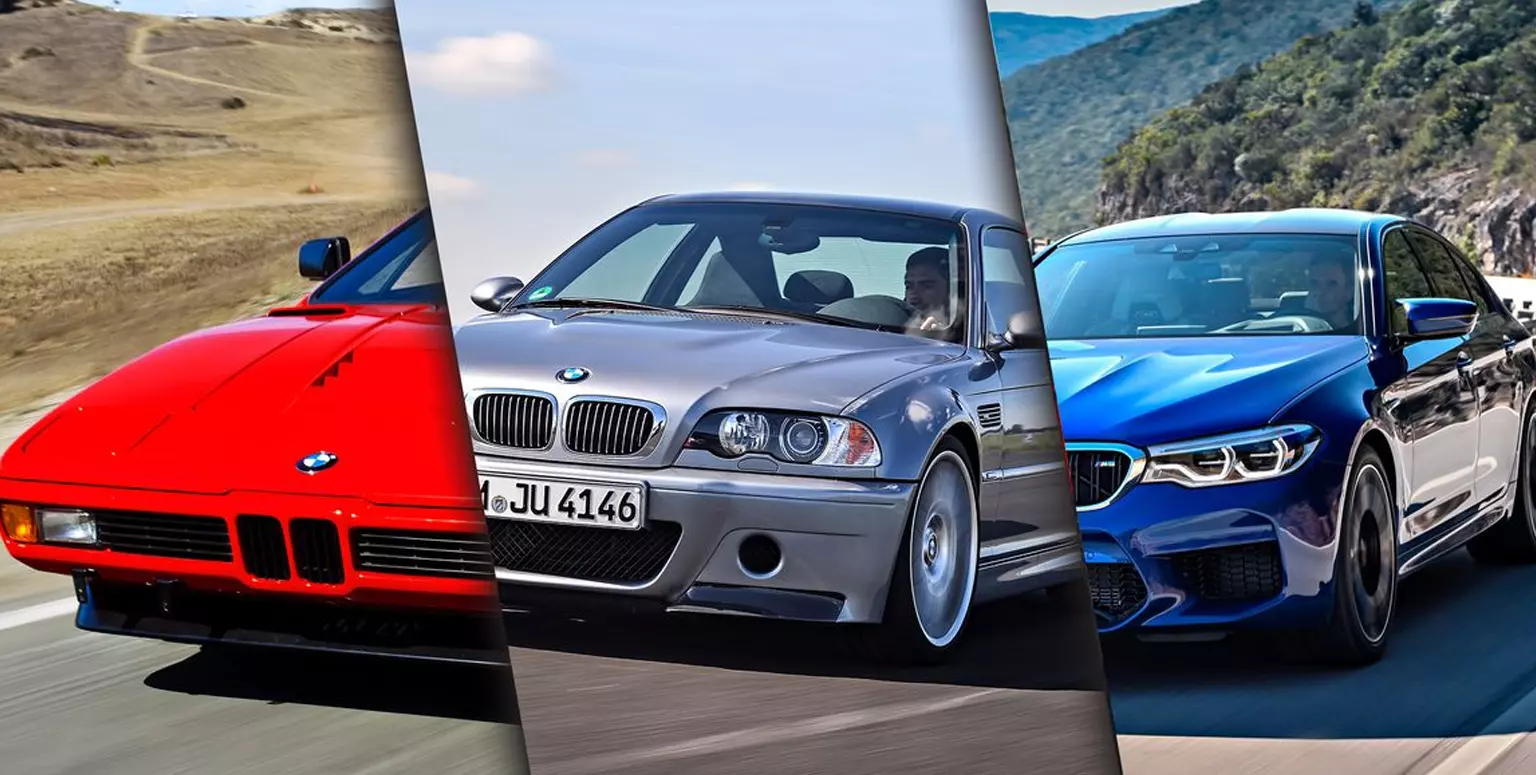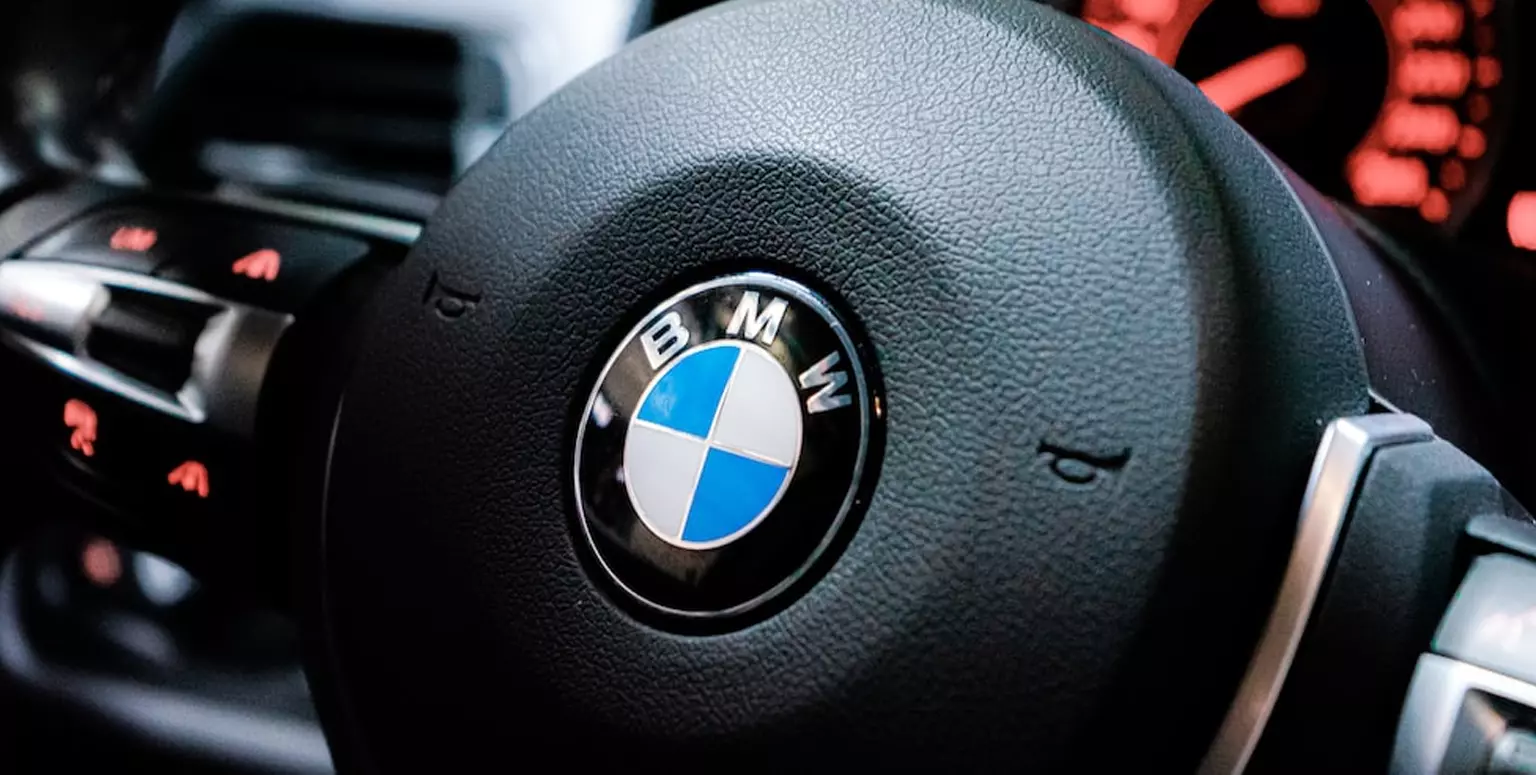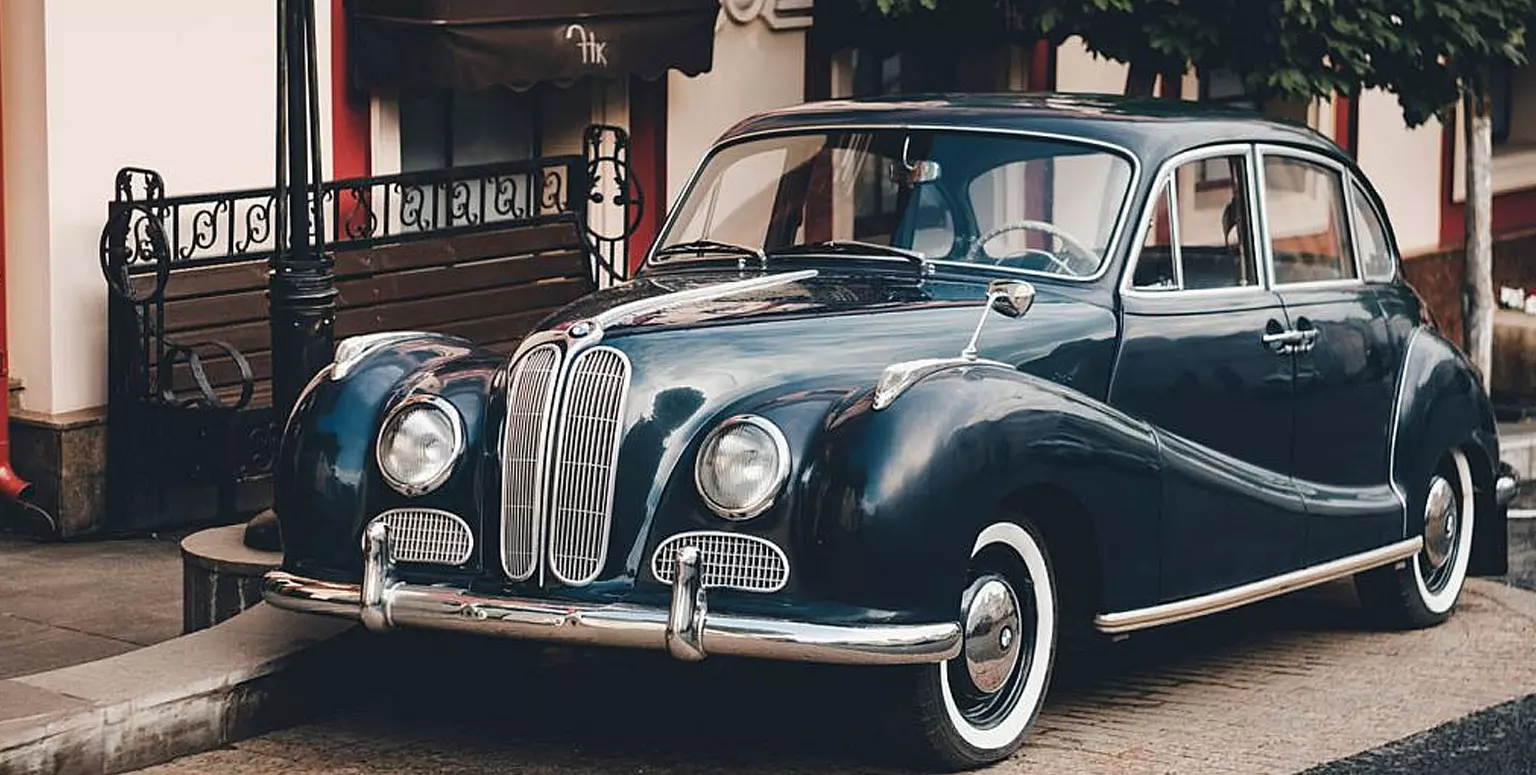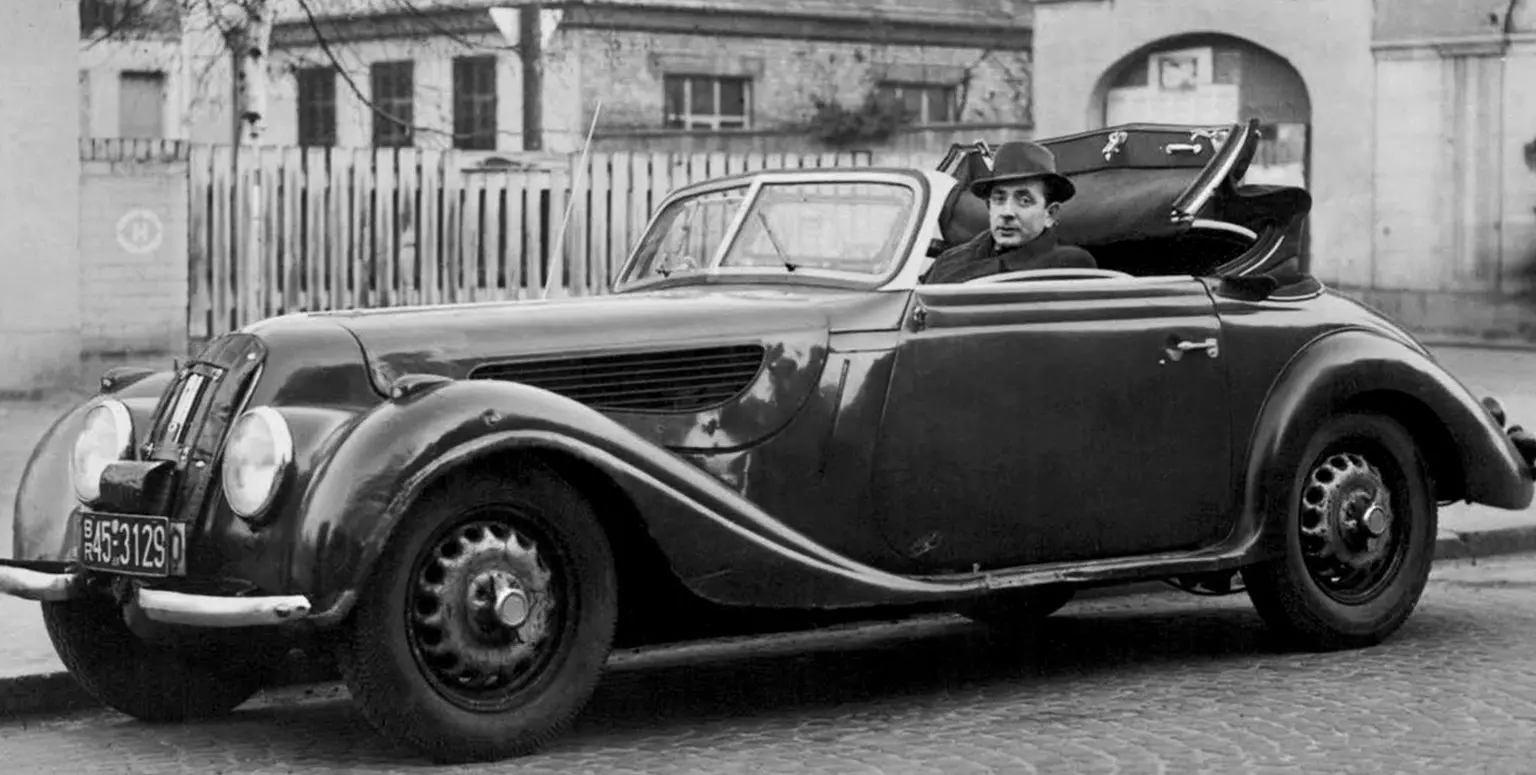What Does BMW Stand For? Meaning and History of The German Brand

BMW is a German luxury automobile and motorcycle manufacturer that has become synonymous with performance, style and quality. The company’s iconic logo features a circle divided into four quadrants, each of which is colored in blue and white, which are the colors of the Bavarian flag. But what does BMW stand for, and how did this company become one of the most well-known and respected automotive brands in the world? Find out more by reading the article below.
Meaning of BMW
The name BMW itself didn’t come into existence until 1917, when the company was first founded as Bayerische Motoren Werke GmbH (Bavarian Motor Works), which is what BMW stands for.
BMW was chosen to reflect the company’s location in Bavaria, as well as its focus on producing high-quality engines for the automotive and aviation industries.
In the 1970s and 1980s, BMW continued to refine and innovate its approach to automobile manufacturing, introducing a series of groundbreaking models like the BMW 3 Series and the BMW 5 Series.
These automobiles helped establish BMW as one of the premier luxury car brands in the world. The company has garnered a tremendous reputation for delivering high-quality cars, with superior performance, and styling.
BMW: History of the iconic German brand
The origins of BMW can be traced back to 1913, when Karl Rapp a German engineer founded a company called Rapp Motorenwerke GmbH in Munich, Germany. The company initially produced aircraft engines for the German military during World War I, but after the war ended, Rapp’s company was forced to restructure due to the restrictions placed on Germany by the Treaty of Versailles.
In 1917, Rapp’s company merged with another renowned German aircraft engine manufacturer, Gustav Otto Flugmaschinenfabrik, to form Bayerische Flugzeugwerke AG (Bavarian Aircraft Works). The partnership strengthened the production of aircraft engines, but it also began experimenting with motorcycles and automobiles in the 1920s.
BMW continued to refine its approach to manufacturing automobiles, by focusing on high-performance vehicles that combined speed, power, and style.
The manufacturer introduced its first car, the BMW 3/15, in 1927, and followed it up with a series of increasingly sophisticated and advanced models throughout the 1930s and 1940s.
BMW during World War II
During World War II, BMW once again focused primarily on producing aircraft engines for the German military, but after the war ended, the company resumed its focus on automotive production.
In the 1950s and 1960s, the company began to establish itself as a major player in the global automotive market, thanks to the success of its “New Class” of vehicles, which included the iconic BMW 02 Series.
Legacy of BMW
Today, BMW is one of the most recognizable and respected automotive brands in the world, known for its commitment to producing high-performance vehicles that combine cutting-edge technology with timeless style.
The company’s product lineup includes a wide range of luxury automobiles, as well as motorcycles and electric vehicles. The meaning of BMW has transcended from being a brand name to a characteristic of class and elegance.
In addition to its focus on automotive and motorcycle manufacturing, BMW has also become known for its commitment to sustainability and environmental responsibility.
The automaker has invested heavily in electric and hybrid vehicle technology, and has made significant strides in reducing its environmental impact through initiatives like using renewable energy sources in its manufacturing facilities.
Classic BMW cars you should know about
Now you know what does BMW stand for, so here are five classic BMW cars that have made an impact on the automotive industry.
- BMW E30 M3
- BMW 328
- BMW 2002
- BMW Z8
- BMW E9
BMW E30 M3
BMW E30 M3 was designed particularly for racing and was a dominant force in the European Touring Car Championship. It featured a 2.3-liter inline-four engine that produced 192 hp and 170 lb-ft of torque. The car’s racing success and its unique design made it a favorite among enthusiasts.
BMW 328
The BMW 328 was introduced in 1936. It was designed by Fritz Fiedler, and its lightweight construction and aerodynamic body made it a pioneer in automotive engineering. The 328s racing success in the 1930s brought BMW worldwide attention. Moreover, it also went on to win the Mille Miglia race in 1940. The BMW 328 is now considered a classic and is sought after by collectors.
BMW 2002
BMW 2002 was produced from 1968 to 1975. It was designed by Helmut Werner Bönsch and was based on the BMW New Class. It was a series of compact cars produced by BMW from 1962 to 1977. BMW 2002 was a hit with consumers and enthusiasts alike, thanks to its sleek design, sporty handling, and affordable price. Furthermore, the 2002 BMW also helped establish the brand as a leader in the small sports sedan market.
BMW Z8
BMW Z8 was designed by Henrik Fisker and was produced from 1999 to 2003. The Z8 featured a 4.9-liter V8 engine that produced 400 horsepower and 370 lb-ft of torque. The Z8s sleek design, high-end features, and superior performance made it a desirable car. It was also featured in the James Bond movie, “The World Is Not Enough.”
BMW E9
Designed by Wilhelm Hofmeister, the BMW E9 was produced from 1968 to 1975. It was a luxury sports car available with a variety of engines. These motors ranged from a 2.5-liter inline-six to a 3.5-liter V8. The E9s sleek design, premium features, and excellent performance made it a hit with consumers. Moreover, the E9 was another car that helped establish BMW as a major player in the luxury car market.
BMW: A legendary German automotive brand
In this article, we have answered the question, ‘What does BMW stand for’. We have also discussed the meaning of BMW and significance in the automotive industry. Furthermore, you have also learned about the brand legacy and its commitment to sustainability.
-
Culture3 years ago
Viking Braids: Styles, Ideas and Method for Men and Women
-
Culture3 years ago
Cultural Integration: Definition, Examples, And Benefits
-
Culture3 years ago
Carmen Winstead: Full Story About the Terrorized 17 Year Old Girl
-
Fitness3 years ago
Best Royal Rumble Matches In WWE History
-
Culture3 years ago
Germany or Sweden: Which is Better For Lifestyle And Why
-
Culture3 years ago
German Mythological Creatures from German Folklore
-
Culture3 years ago
Health Triangle: Everything You Need To Know About it
-
Culture3 years ago
10 Best Examples Of Folk Culture
























